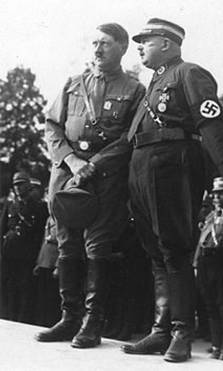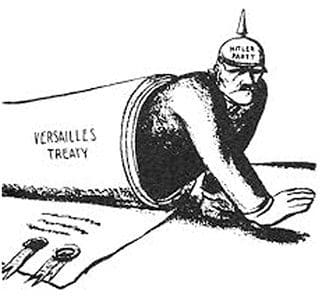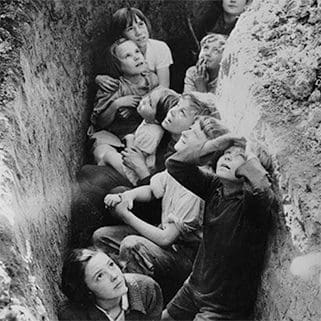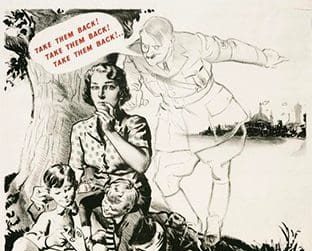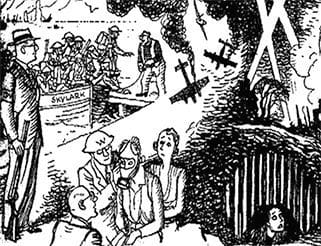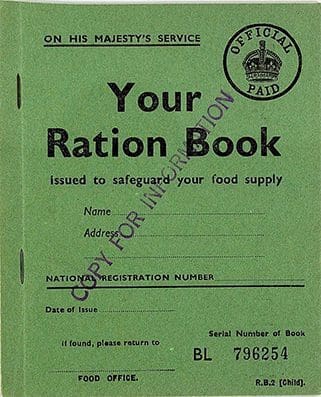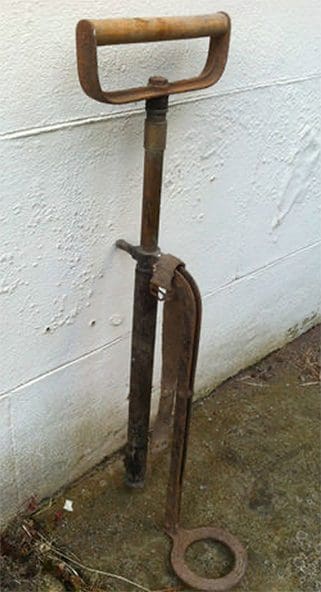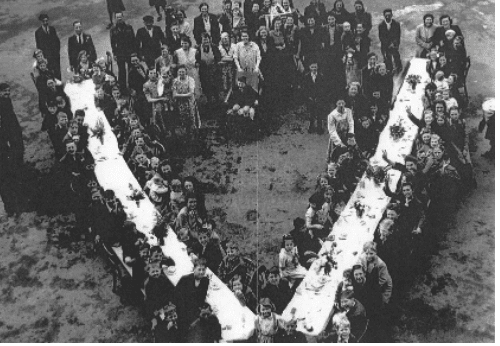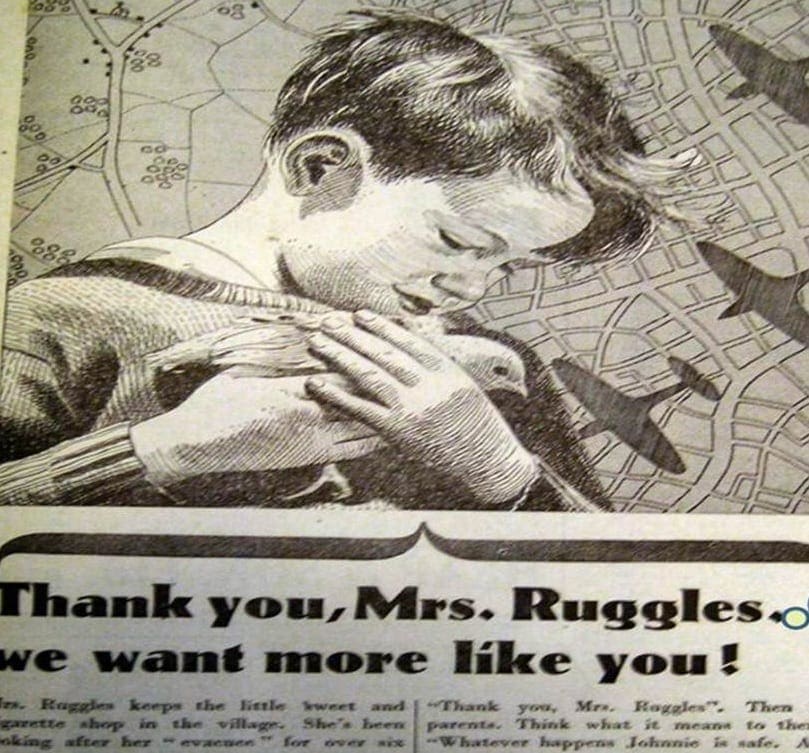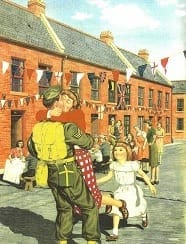Primary WW2
Planner for Britain at War: The Home Front 1939-45
The new detailed downloadable planner below has key questions, suggested activities, resources and assessments for teaching The Home Front in…
Read MoreWW2 – KQ1 – Why did Britain have to go to war in 1939?
Pupils learn the sequence of events leading to the Second World war before a lively role-play debate in which they…
Read MoreWW2 – KQ2a – Why was it necessary for children to be evacuated? Introductory task
Why was it necessary for children to be evacuated throughout the war, and what was the experience of evacuation really…
Read MoreWW2 – KQ2b – Evacuation enquiry – links with numeracy
This lesson comes towards the beginning of the topic after pupils have explored the nature and reasons for evacuation. I…
Read MoreWW2 – KQ3 – How was Britain able to stand firm against the German threat?
This enquiry revolves around a central contemporary cartoon which encapsulates life on the Home Front and how it was geared…
Read MoreWW2 – KQ3 additional information – Rationing
In order to prevent serious shortages, as early as 1936 the British Ministry of Food had begun to make plans…
Read MoreWW2 – KQ4 – Britain during World War Two – Call My Bluff
This activity is designed to promote creative thinking as well as to deepen pupils’ understanding of the objects that are…
Read MoreWW2 – KQ6 – What was VE day really like? Advising the film producer
In this really varied lesson pupils are asked to offer first-rate historical advice to a film producer who is about…
Read MoreY6 pupils play film detectives to learn about government propaganda SMART TASK
Using a short Ministry of Information film, which last just 8 minutes and can be accessed online here (please note…
Read MoreTeaching Life in Britain 1930-1945 at Key Stage 2
Inexplicably axed by Michael Gove from the curriculum, my advice is to carry on teaching this highly successful unit focusing…
Read More
